Freewell Air 2S filters review: better aerial photos and videos
Real world test of Freewell's variable neutral density fiilters, circular polarizers and diffusion mist NDs for the DJI Air 2S drone

Aerial photography and videography is an important part of my landscape photography work and “from the field” videos on my YouTube channel. My drone of choice (at the time of this review) is the DJI Air 2S for its lightweight footprint, small batteries, and more affordable price tag compared to newer DJI drones like the Mavic 3.
Image quality is also surprisingly good when using the drone’s automatic exposure settings. But for those looking to squeeze the best possible image quality out of their drone, circular polarizers and neutral density filters can make a qualitative difference.
I’ve been testing a number of DJI Air 2S filters made by Freewell, including their “All Day” 8-pack, two variable NDs, and two “diffusion mist” variable NDs. In this review I’ll be comparing their qualitative differences, while also sharing my experience using them to create aerial photos and videos.
Disclaimer: Freewell sent me filters for review, but they have not had any editorial input, nor have they paid me. All opinions are my own.
Why are ND filters needed?
For context, neutral density filters are commonly used by photographers and videographers to reduce light and darken exposure. This allows the camera to use a slower shutter speed in bright light outdoors.
In video, this is a common practice known as the “180 degree shutter rule”, where shutter speed is assigned a value equal to double the video frame rate. For example, 1/50th of a second for 24 or 25 frames per second, or 1/60th of a second for 30 frames per second.
When the shutter is opening and closing more slowly, objects moving quickly in the frame produce motion blur. That blurring effect looks more natural to the eye, for it emulates the speed of human vision, and is the same frame rate / shutter speed used in television and movies.

Does this mean video should always use the 180 degree shutter rule? Not necessarily. It’s a good rule of thumb, but if nothing in your shot is moving quickly (or the drone itself isn’t flying quickly), then a slower shutter speed isn’t going change the appearance of your footage. In those instances, you get can by without ND filters and simply let the drone automatically select a shutter speed for you.
What about aerial photography?
Because neutral density filters darken exposure and slow the shutter, in my experience they offer little benefit for aerial photography.
Unless you’re purposely trying to capture a long exposure image (which is a tricky thing to do using a flying camera in the wind), neutral density filters are best left off the drone. Otherwise, your image may not be as sharp, and subjects in motion might appear unintentionally blurry.
For example, in the image below, I used an ND filter because I was recording video, then switched to photo mode mid-flight to capture a still image. The shutter speed was too slow (unbeknownst to me at the time) to freeze the birds flying over the water.
[img compare] ND filter caused the shutter to be too slow for this aerial image (1/50 second)
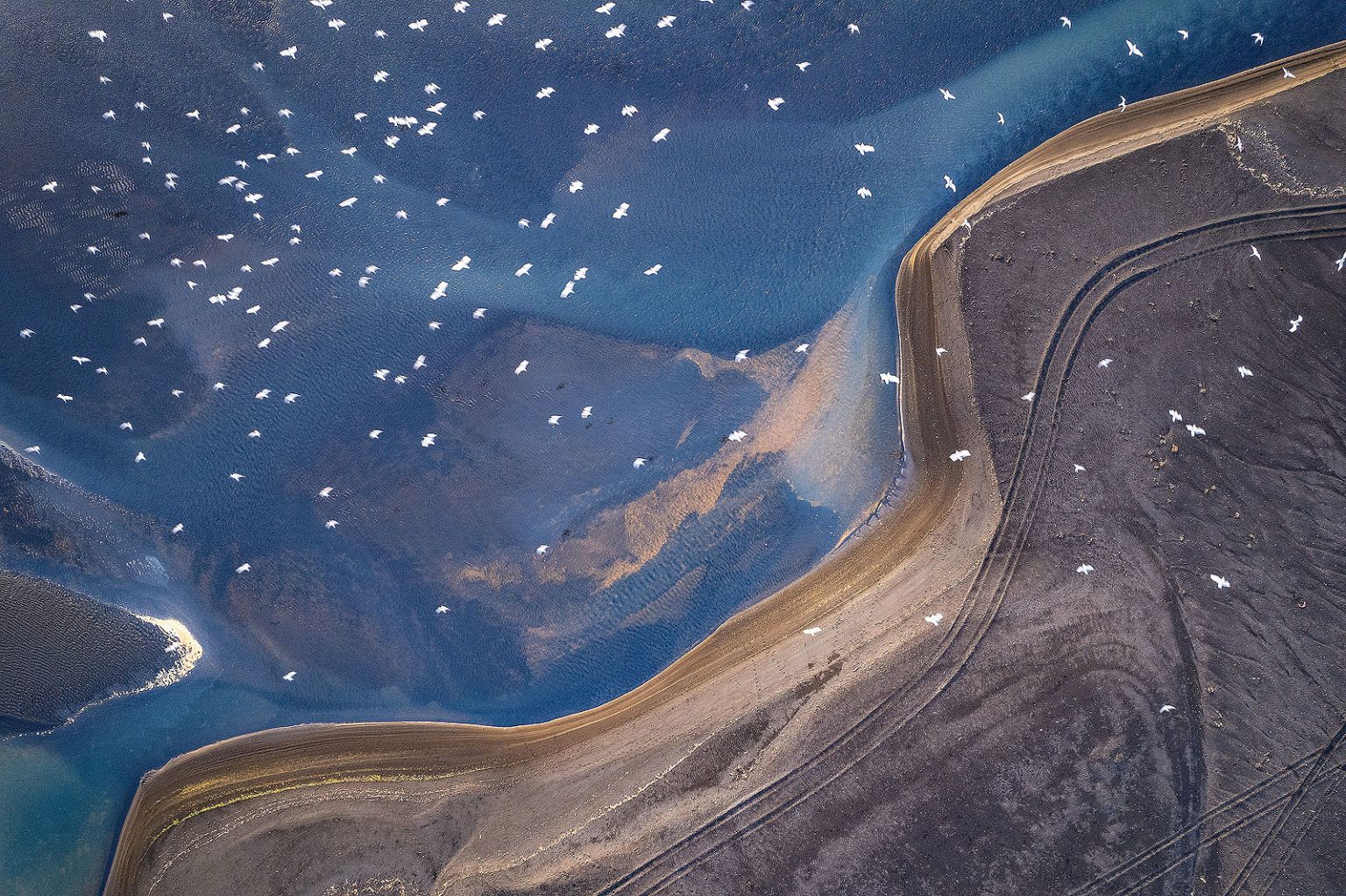
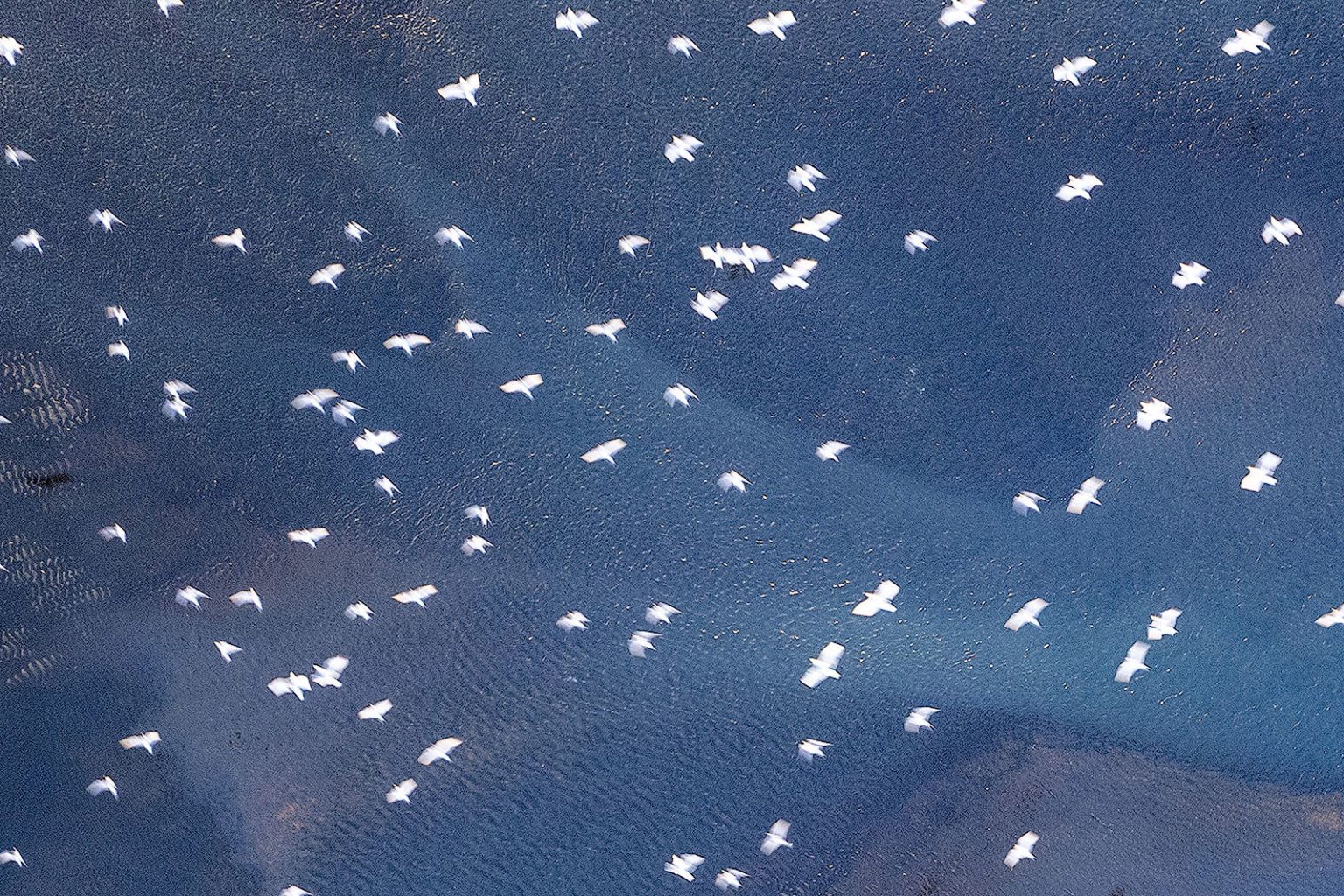
The best filter for aerial photography, in my opinion, is the circular polarizer. This filter removes harsh reflections, increases highlight detail, and improves clarity. They are especially useful in aerial photography with hazy subjects positioned far away from the camera (a common scenario in landscape / cityscape photography). There is some darkening with a CPL, but usually only around one stop or less.
Also, the effect produced by a circular polarizer cannot be replicated or added to an image after it has been captured. Neither Photoshop, Lightroom nor any other software can produce the same effect.
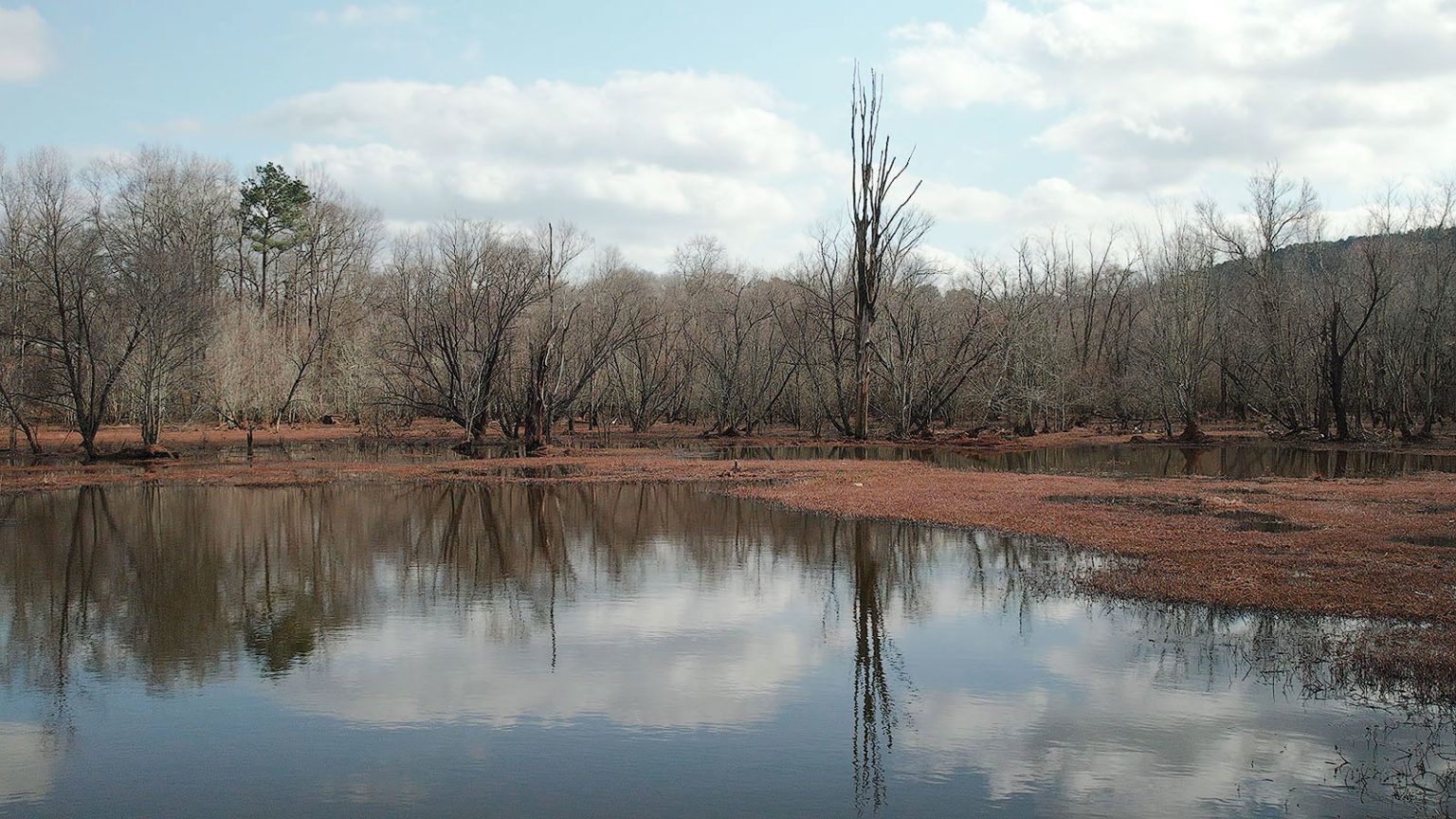
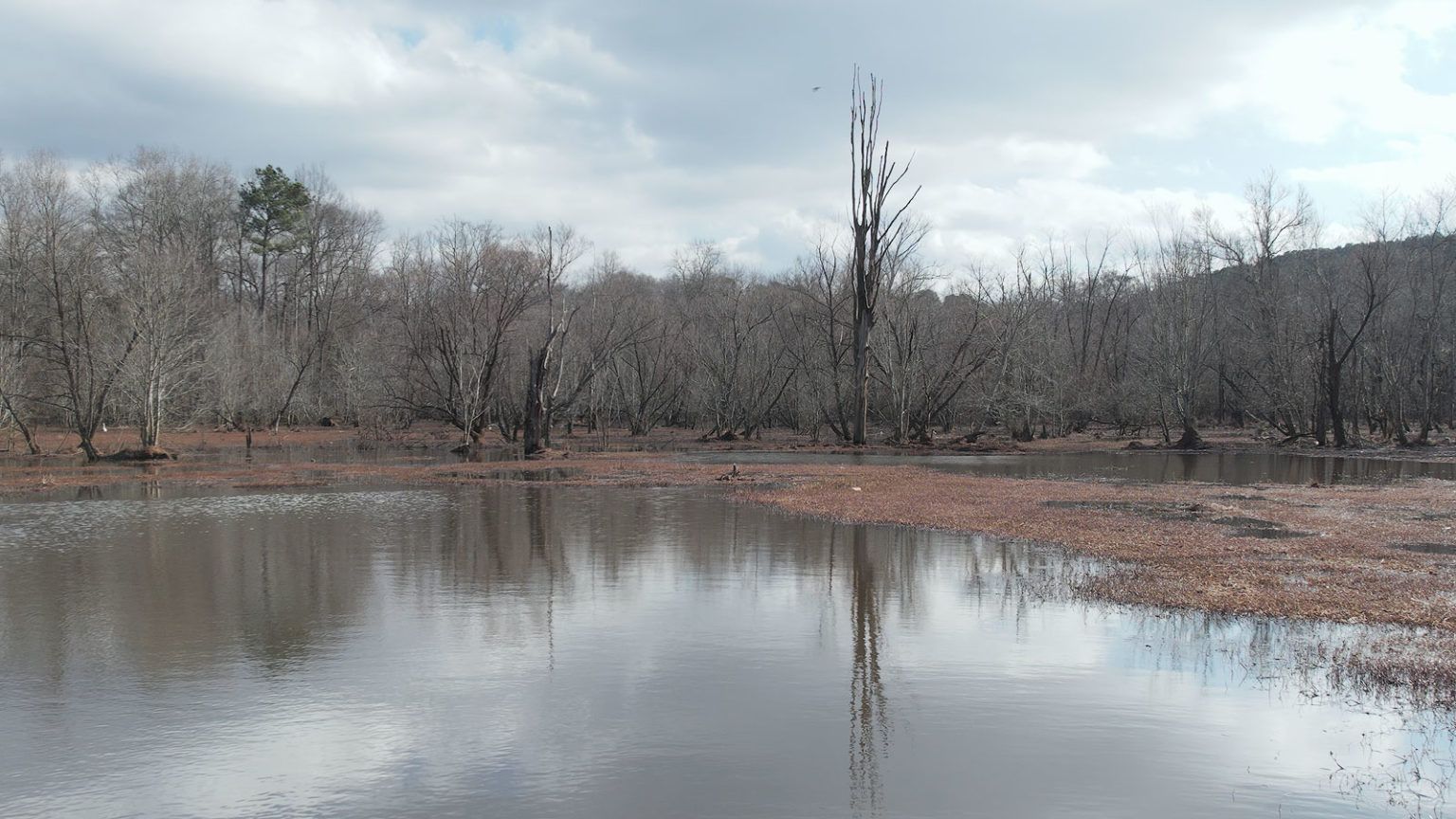
Freewell offers a standalone circular polarizer for this purpose. They also offer “ND/PL” filters, which are effectively darkened circular polarizers (more on those next). But because ND/PL filters reduce light and slow the shutter, they are not as optimal for still photography as a regular circular polarizer.
Freewell Air 2S “All Day” 8-Pack
[img] Freewell “All Day” 8-pack
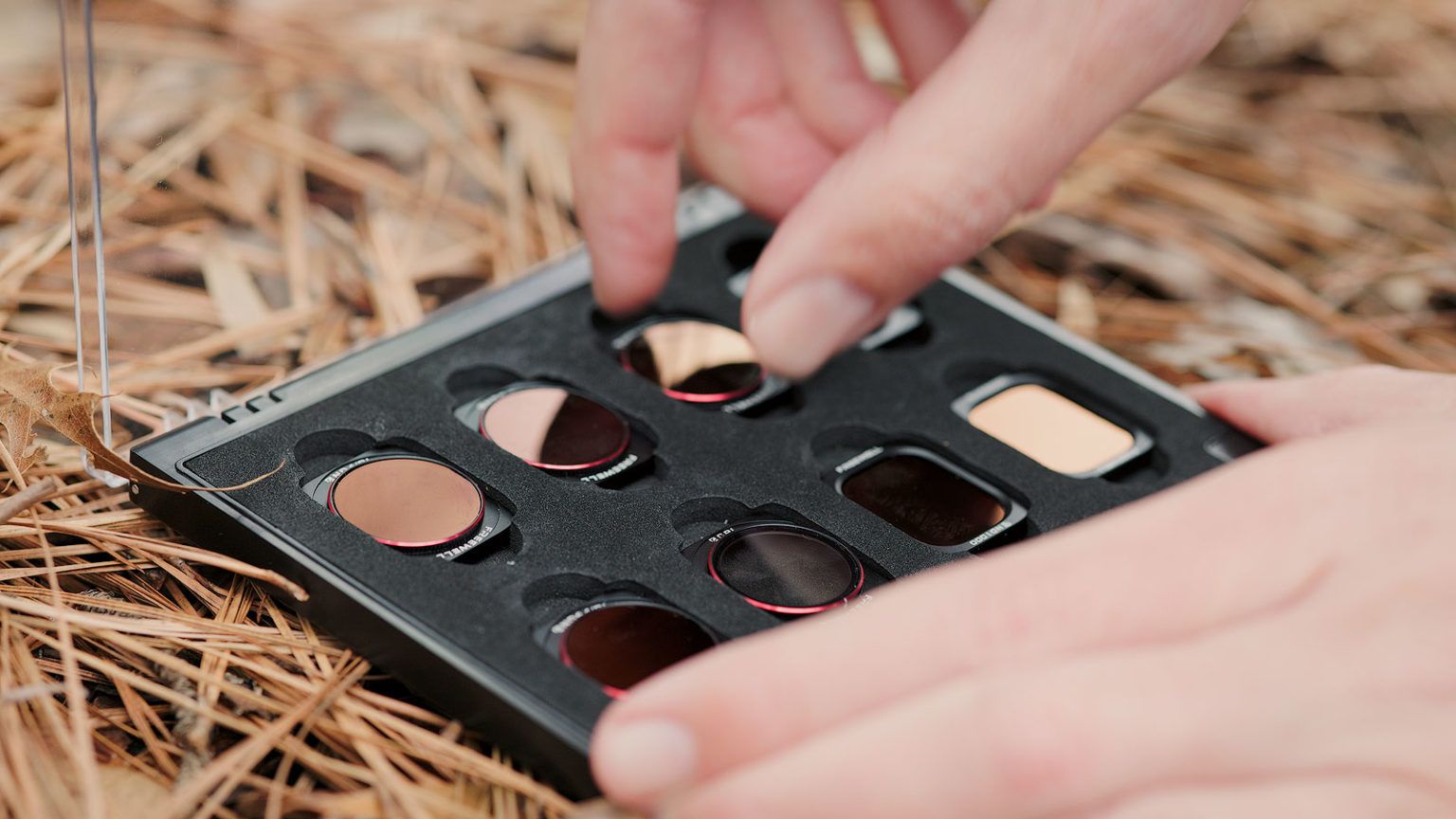
The Freewell Air 2S “All Day” 8-pack is designed for all lighting conditions at all hours of the day. Here’s a rundown of each filter that comes with the pack.
- ND4/PL (-2 stops)
- ND8/PL (-3 stops)
- ND16/PL (-4 stops)
- ND32/PL (-5 stops)
- ND64/PL (-6 stops)
- ND1000 (-10 stops)
- ND2000 (-11 stops)
- CPL (Circular Polarizer)
Six of the filters are circular polarizers. One is a normal circular polarizer (the one I wrote about above with aerial photos), while the other five are darkened polarizers that double functionality as ND filters.
The ND/PL filters range in density from 2 stops (ND4/PL) to 6 stops (ND64/PL), which provides sufficient coverage for all types of sunlight from overcast to partly cloudy to clear skies.
Finally, there are the ND1000 and ND2000 filters. These are very dark solid neutral density filters (10 and 11 stops respectively) intended mainly for long exposure still photography. These are “normal” ND filters, not darkened polarizers like the ND/PL filters.
Note: Freewell also sells all of these filters individually, so if one gets lost it can be replaced.
Freewell Air 2S Variable NDs
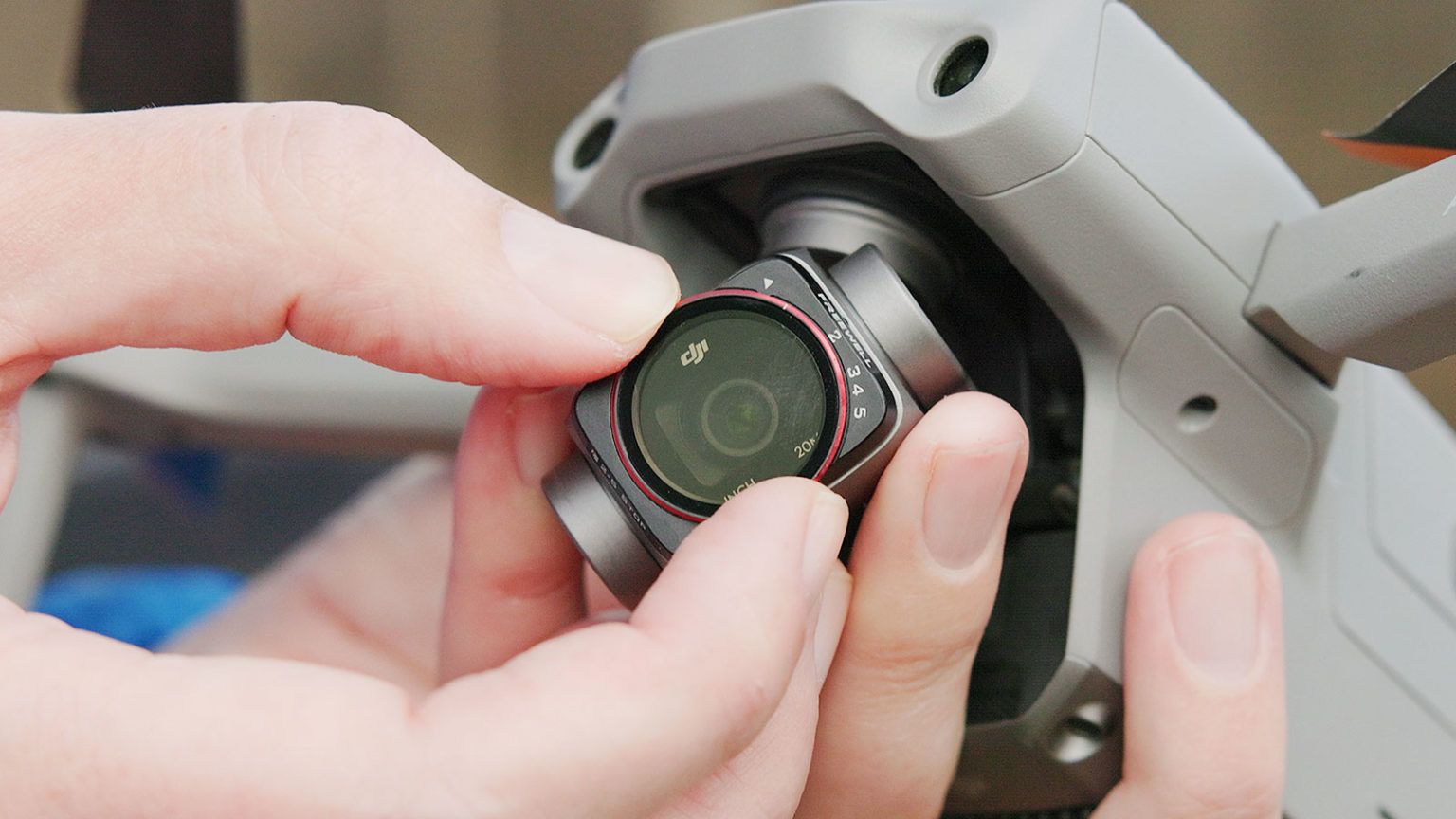
Freewell’s Air 2S Hard Stop Variable NDs also darken exposure and slow down shutter speed, but the way they do it is different.
Variable NDs support multiple densities in a single filter. The filters use two panes of glass that change the filter’s density between a minimum and maximum value when the outer pane of glass is rotated. “Hard stops” in the filter hardware prevent the filter from rotating beyond its minimum and maximum density.
Freewell’s Air 2S variable NDs are offered in two density ranges:
- VND 2-5 stop
- VND 6-9 stop
The 2-5 stop VND is most appropriate on overcast, partly sunny days. The 6-9 stop VND is stronger, and most appropriate on bright sunny days.
Freewell Air 2S “Mist” variable NDs
Freewell’s Air 2S “Mist” Variable NDs are the same as the aforementioned variable NDs, but with an added diffusion effect. Their glass is specially designed to refract and “bloom” light. Their effect is most noticeable with sunlight and bright practical lights near the camera.
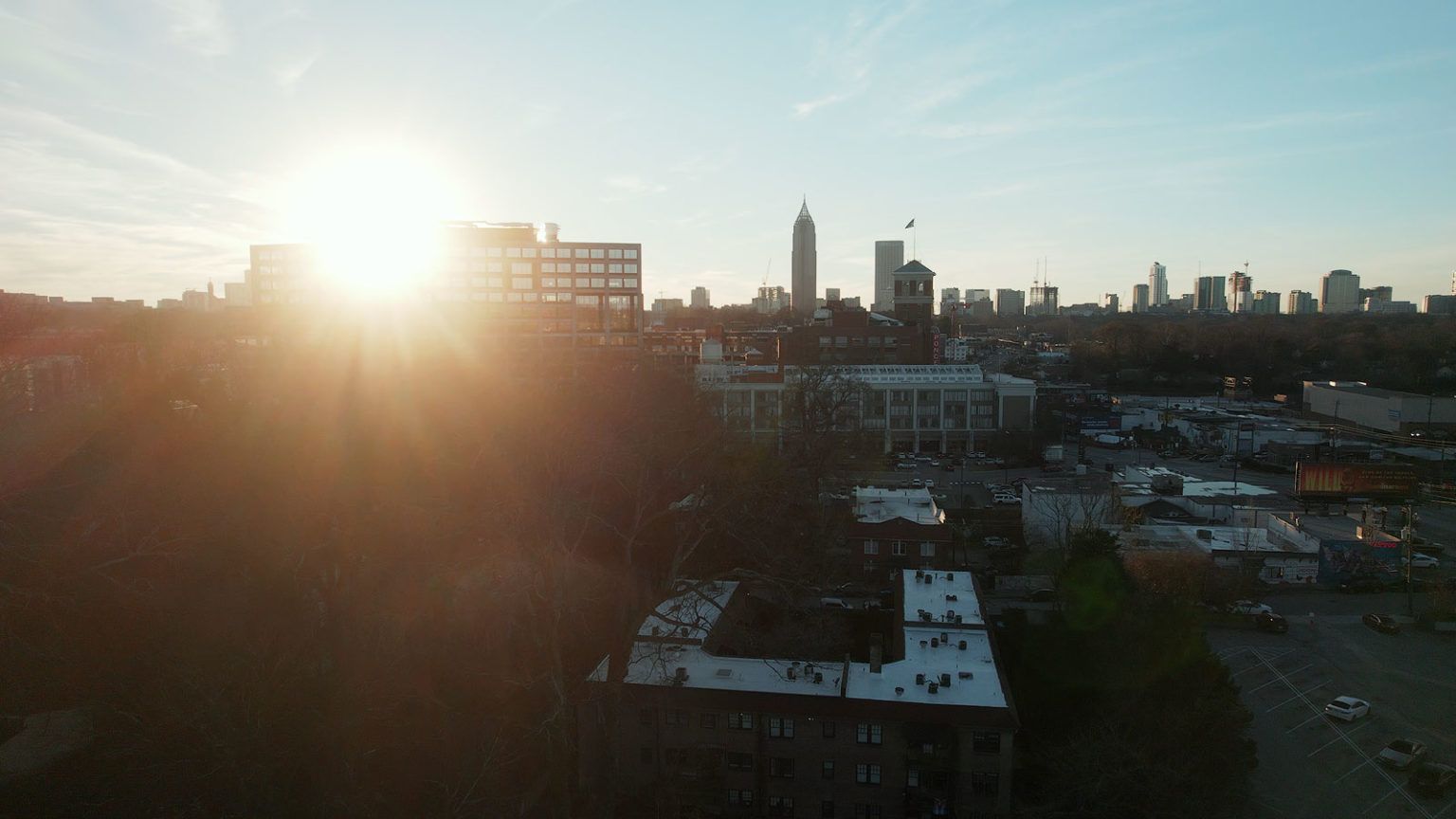
Additionally, these “mist” VNDs help soften the image produced by the (over-sharpened, in my opinion) sensor in the Air 2S and other DJI drones. It’s a very subtle change, but they do help make footage look a bit less digital.

Also worth noting, these de-sharpening and “blooming” effects can sometimes be emulated in post (eg, the “Glow” effect in DaVinci Resolve), but you get a more authentic look in-camera using a diffusion filter like the Freewell VND Mist.
Freewell Air 2S solid ND filters
Freewell also offers solid neutral density filters in the same range of densities as the ND/PL filters.
- ND4 (-2 stops)
- ND8 (-3 stops)
- ND16 (-4 stops)
- ND32 (-5 stops)
- ND64 (-6 stops)
Compared to ND/PL and VND filters, solid neutral density filters are simpler, for they use a single pane of non-polarized, darkened glass. They darken exposure, and nothing more.
Qualitative comparison
Whether you use solid NDs, variable NDs, or “hybrid” ND/PL filters, all will darken exposure and slow shutter speed. In that sense, they function the same. But there are qualitative differences between them; both in the resultant image they produce and the experience of using them in the field.
Pros and cons of ND/PL filters
Freewell’s ND/PL filters simultaneously darken exposure and increase clarity. They retain highlight detail by filtering-out reflections on hard surfaces, which can improve image quality while also slowing down the shutter.
However, because ND/PL filters are effectively darkened polarizers, video can be affected by cross-polarization – an undesirable darkening effect around the corners and edges of the frame. Whether cross-polarization occurs is entirely dependent on the angle of the drone relative to the sun, the intensity of light, and at which angle the filter is rotated when mounted on the drone.
Polarizers perform best when rotated to a 90 degree angle relative to the sun, but finding that angle with a small filter on a flying camera can be easier said than done. For that reason, Freewell recommends simply aligning the white tick mark on the filter with the white tick mark on the base (see image below). This rotates the polarizer to a position that typically works well for general use.
[img] Aligning the white tick marks on a Freewell ND8/PL filter for the Air 2S
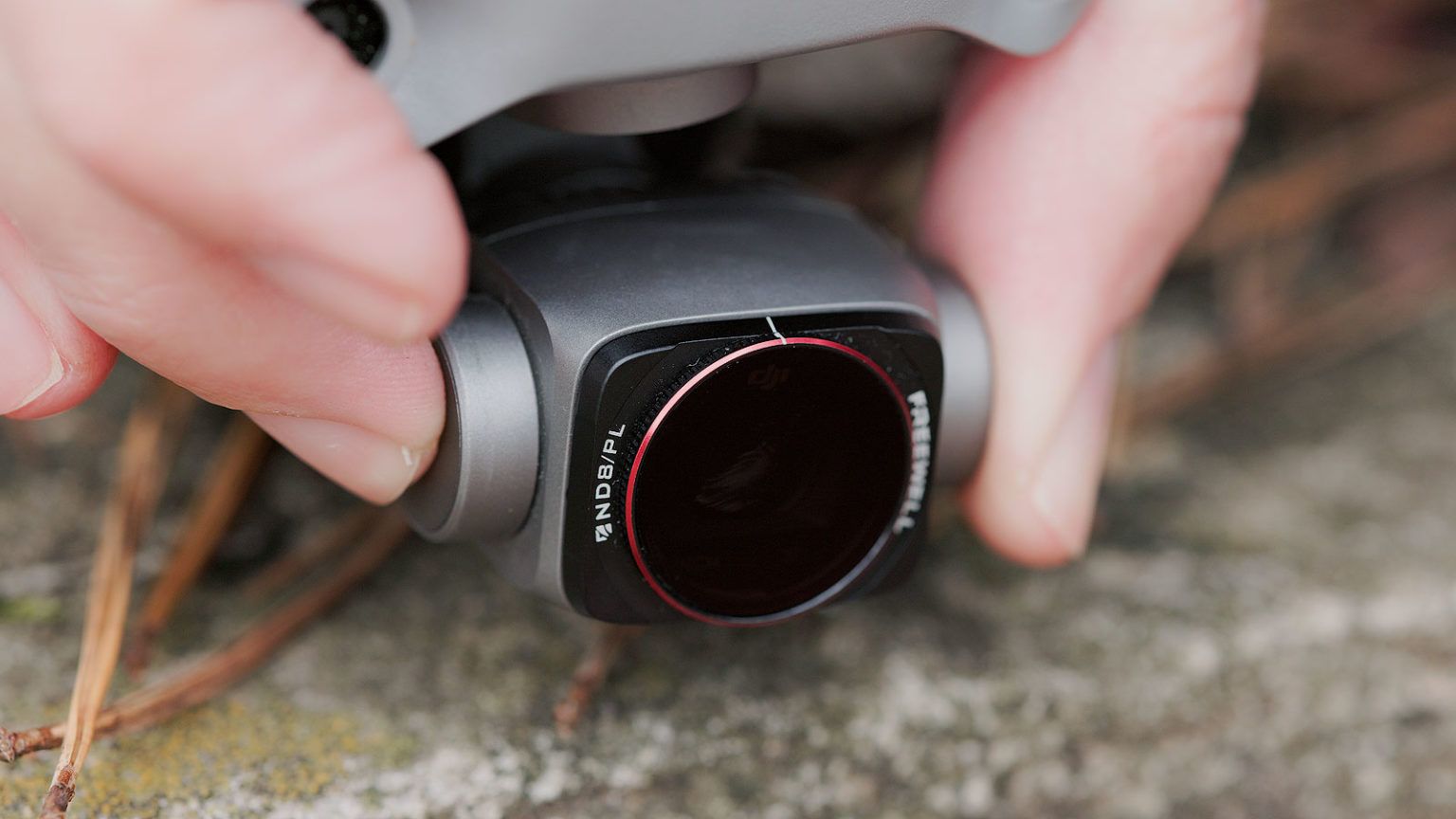
Freewell’s ND/PL filters do contribute some color cast. This appears as a slight “warming” tint that skews colors and the temperature of light towards yellow. Incidentally, this color cast appears to be the same as Freewell’s magnetic variable NDs.
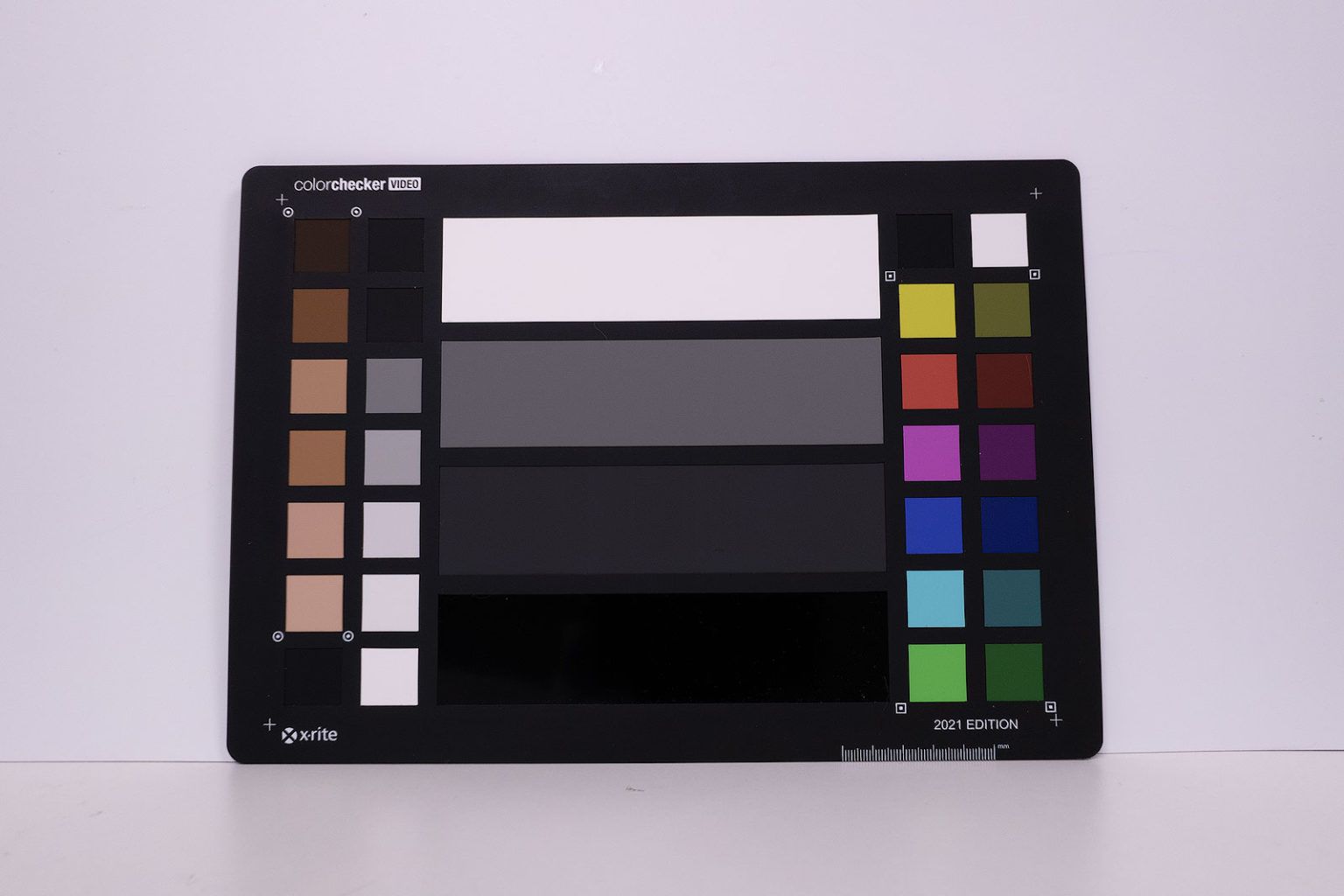

Pros and cons of variable ND filters
Freewell’s variable ND filters (both regular and “mist”) are fantastic when you’re on the go, moving quickly, and are not being overly particular about image quality. Their ease-of-use is their strongest benefit, for you may quickly change their density without swapping filters (as you would with solid ND and ND/PL filters).
Variable NDs are also simpler and easier to carry and travel with, for two variable NDs provide the same range of densities as eight solid or ND/PL filters.
But their convenience comes at a cost. Variable NDs (of all types, not just these from Freewell) are affected most by cross-polarization. Darkening is visible at all densities, but is most pronounced at the highest densities on each filter.
Here is the drone pointed directly at a white, neutral background, with and without a Freewell Air 2S 2-5 stop VND set to 2 stops.
[img cmpare] Vignette Test / Control – No Filter (Left), Freewell 2-5 VND for Air 2S at 2 stops (Right)


And now the same 2-5 VND set to 5 stops.


Whether this darkening effect is a problem depends on type of subject you’re shooting. It will be clearly visible with videos captured on a bright sunny day, but perhaps less so in darker environments.
Similar to the ND/PL filters, Freewell’s variable NDs also add the same yellow “warming” tint, albeit a little bit stronger.
Pros and cons of solid NDs
Qualitatively speaking, Freewell’s solid NDs produce the cleanest image without the effects of cross-polarization and color cast seen in Freewell’s ND/PL and variable NDs for the Air 2S.
[img compare] Color Cast Test / Control – No Filter (Left), Freewell Solid ND for Air 2S (Right)
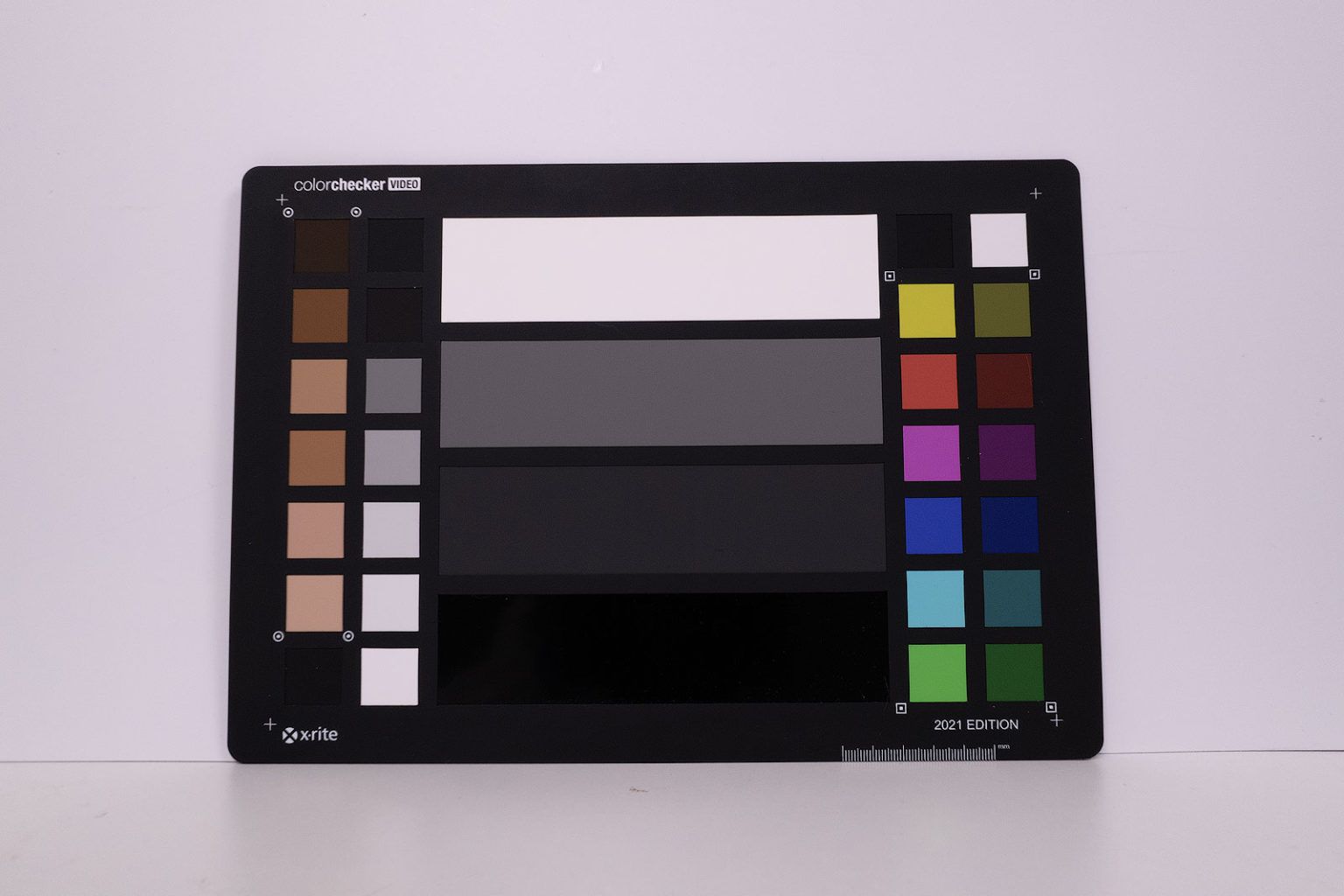
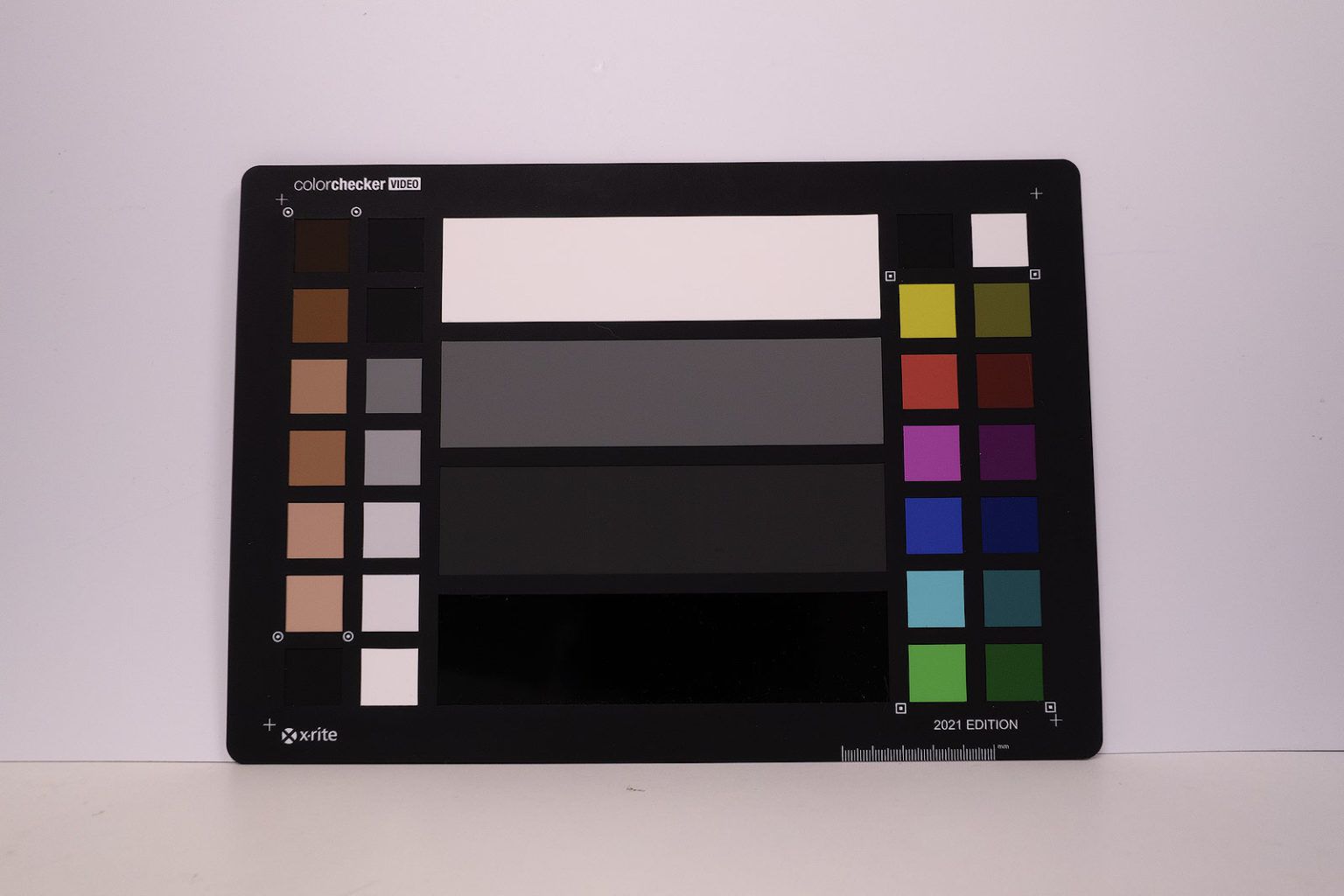
In case you’re curious to know the difference between Freewell’s solid NDs and the solid NDs provided by DJI in the Air 2S “Fly More Combo” pack, both perform the same, but DJI’s filters tint the image magenta. Freewell’s solid NDs don’t have this problem.
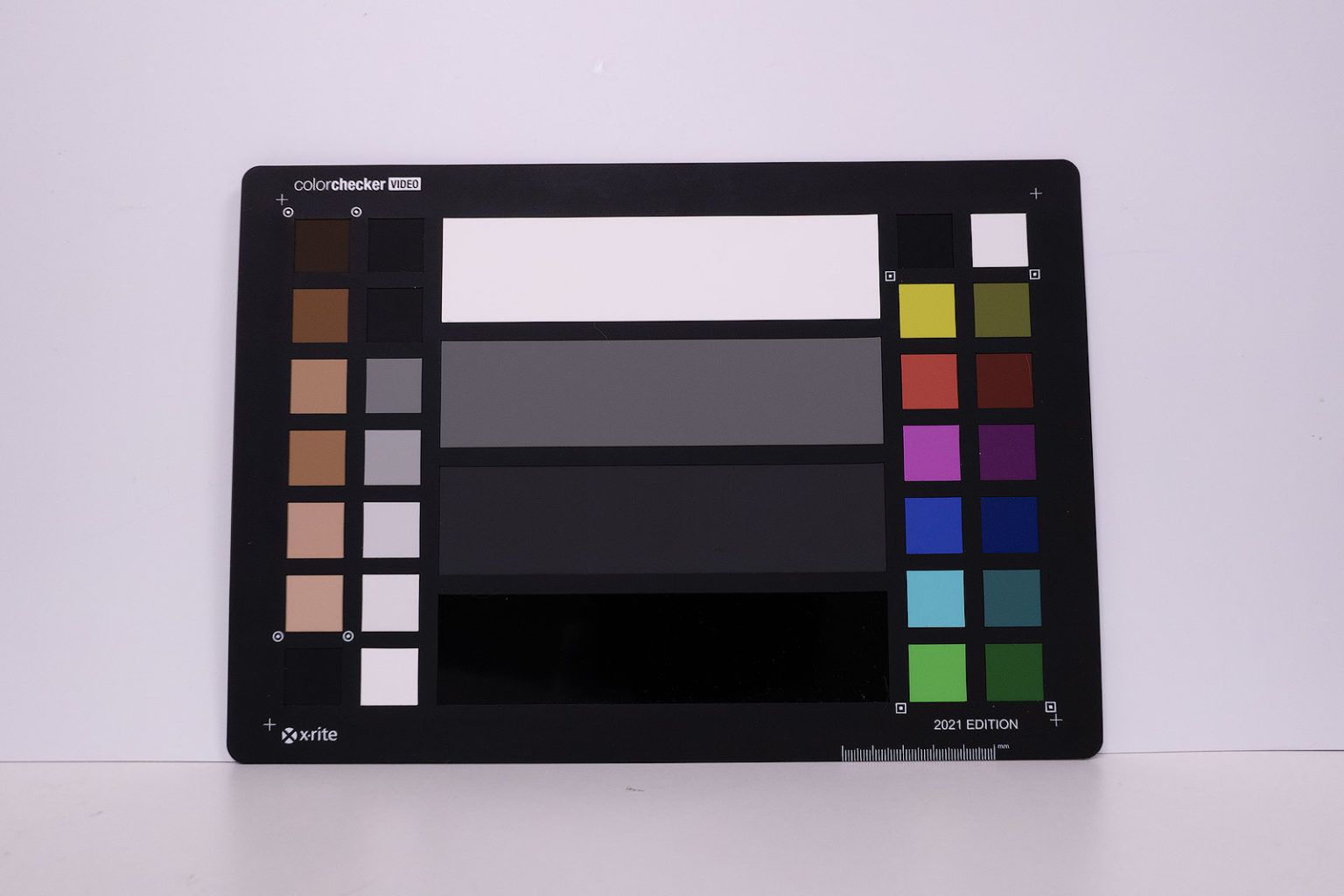
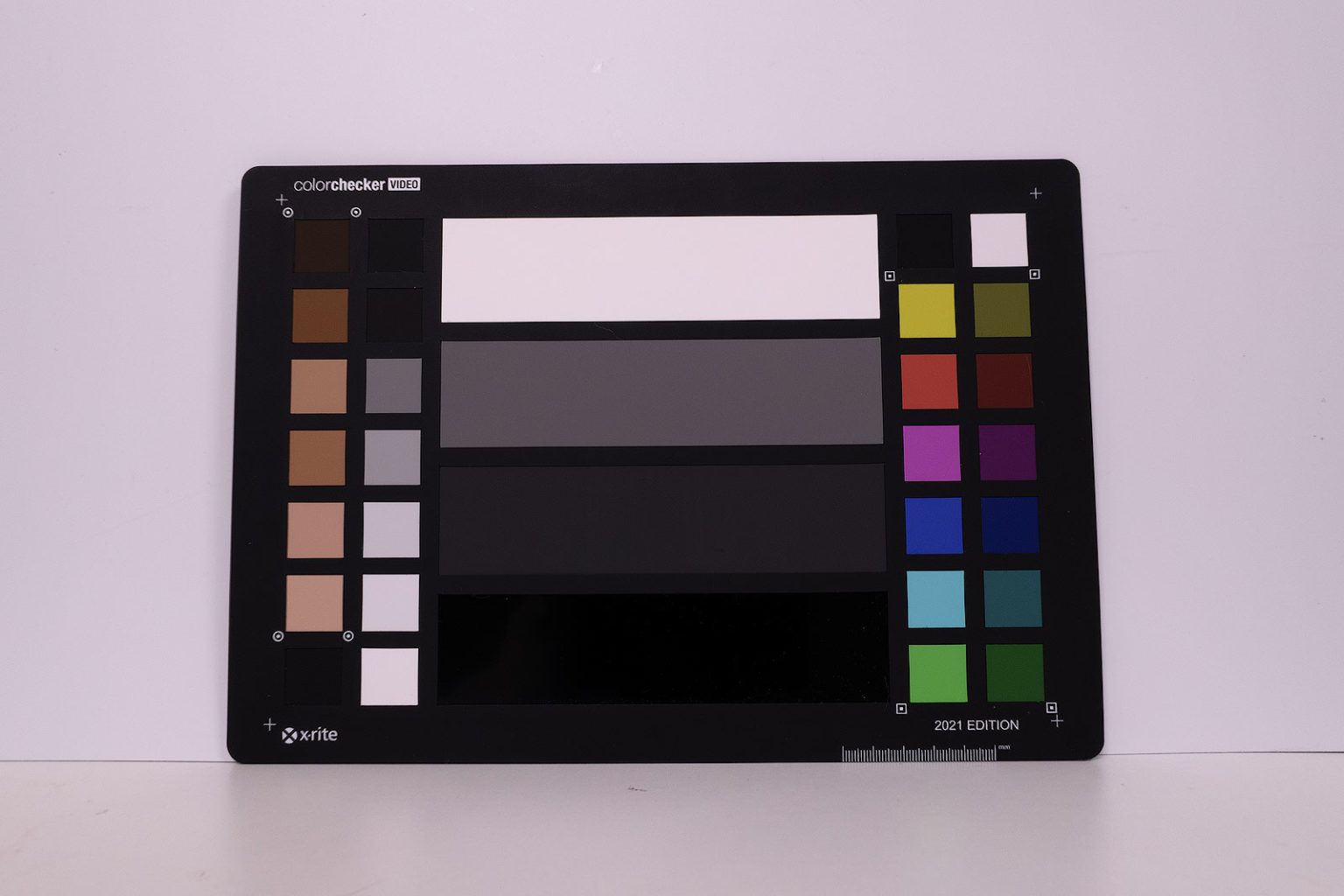
From a user experience perspective, solid NDs have to be frequently swapped just like ND/PL filters, and are more hassle to use than variable NDs. You also have to carry more of them to cover the same range of densities provided by the variable NDs.
Which should you use?
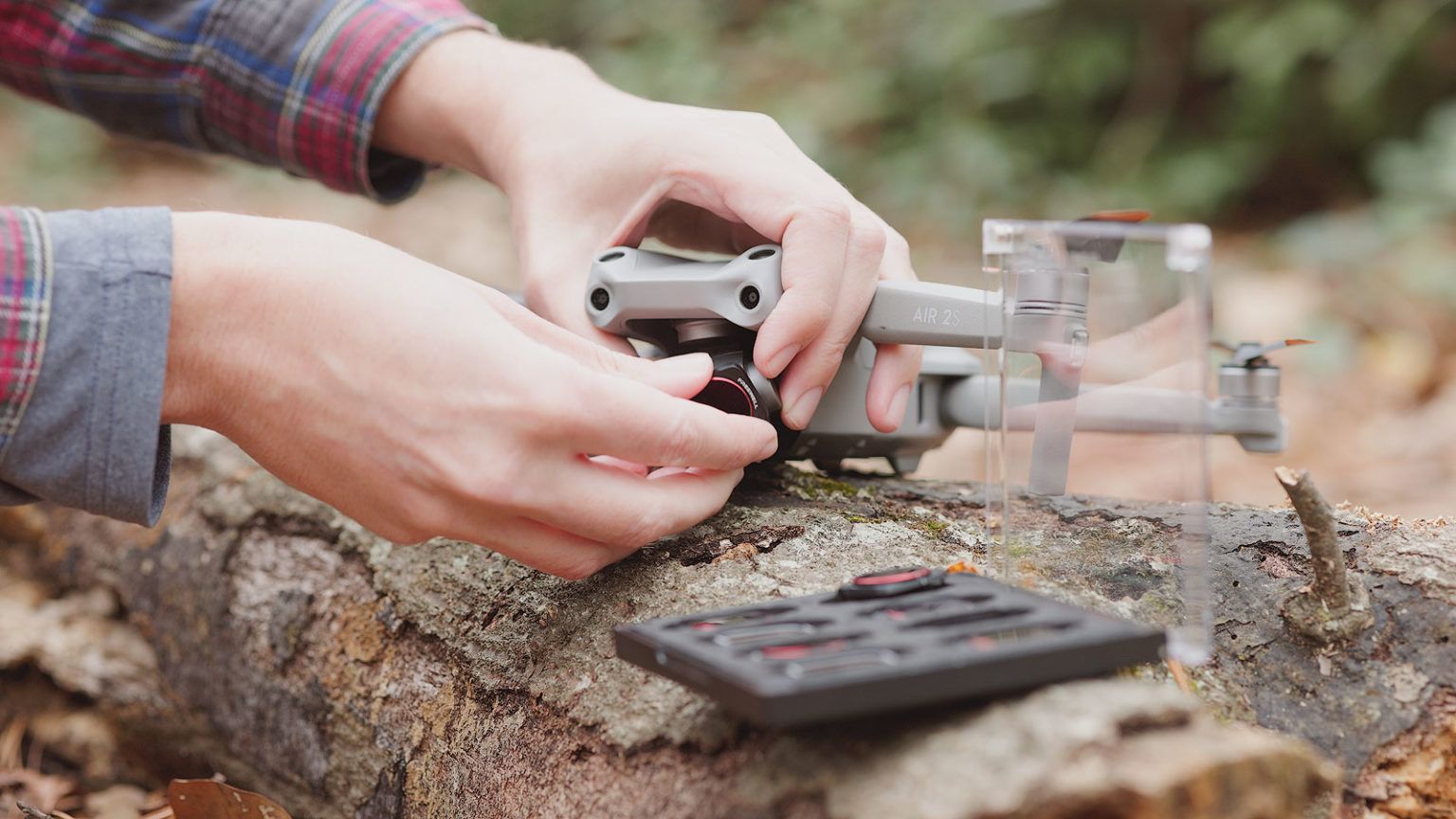
As you can see, there are pros and cons with each ND filter. In my view, the main question when choosing an ND filter is whether image quality or convenience is most important.
Overall, solid NDs provide the cleanest image. They contribute little-to-no color cast, and cross-polarization isn’t anything to worry about. All they do is darken exposure. If you’re shooting important video requiring the highest possible quality, solid NDs function best.
ND/PL filters are a good substitute, and can help improve clarity and remove reflections, but they can also be more cumbersome. Multiple times I’ve mounted ND/PL filters and have forgotten to rotate their polarizers prior to takeoff (they tend to change position when mounting and unmounting) which can lead to increased cross-polarization.
Unless I’m shooting a landscape with harsh light and reflections, I prefer solid NDs for their simplicity and predictability.
Variable NDs are great when image quality isn’t a top concern. Times in which you’re on the go, changing locations, and just want to quickly slow down the drone’s shutter without going through the hassle of swapping solid or ND/PL filters.
If you do use variable NDs, my recommendation is to use the weakest densities on each filter (eg, 2 and 3 stops on the 2-5 VND and 6 and 7 stops on the 6-9 VND). These produce the least amount of cross-polarization.
Recommendations for Freewell
Two recommendations for Freewell based on my experience using their Air 2S filters.
One, I’d love to see a discounted pack of solid NDs. At the time of this review, the ND4-64 solid NDs may only be purchased individually. If they were offered as a pack, then they could be carried together using a single storage case; similar to the “All Day” 8-pack.
Two, a standalone diffusion mist filter would be great. Filmmakers and videographers use diffusion mist filters all the time to soften light and reduce clarity, and there are times when all you want is the diffusion effect (with no exposure darkening). I could also see this filter being used for still photography, for it wouldn’t have any effect on shutter speed, and would help counteract the over-sharpened sensor in the DJI Air 2S.
Final thoughts
Freewell’s Air 2S filters help photographers and videographers squeeze the best possible image quality out of their drone. All of Freewell’s Air 2S filters are well constructed, don’t interfere with gimbal balancing or operation, and can remain on the drone when not in use.
The one thing to watch out for is adding and removing filters while the drone is powered on. Doing so can cause gimbal calibration problems, which sometimes aren’t obvious until the drone is up in the air. My recommendation — whenever you change filters — is to power the drone off when changing filters, then back on again.
Overall, Freewell’s Air 2S filters do the job, and are an essential accessory for anyone trying to improve the quality of their aerial photos and videos.
Check current prices
Click the buttons below to find the best prices for Freewell Air 2S filters through Amazon, B&H, Adorama and Freewell’s official website.
Freewell Air 2S "Mist" Variable NDs
Video review
The video version of this article is embedded below.



